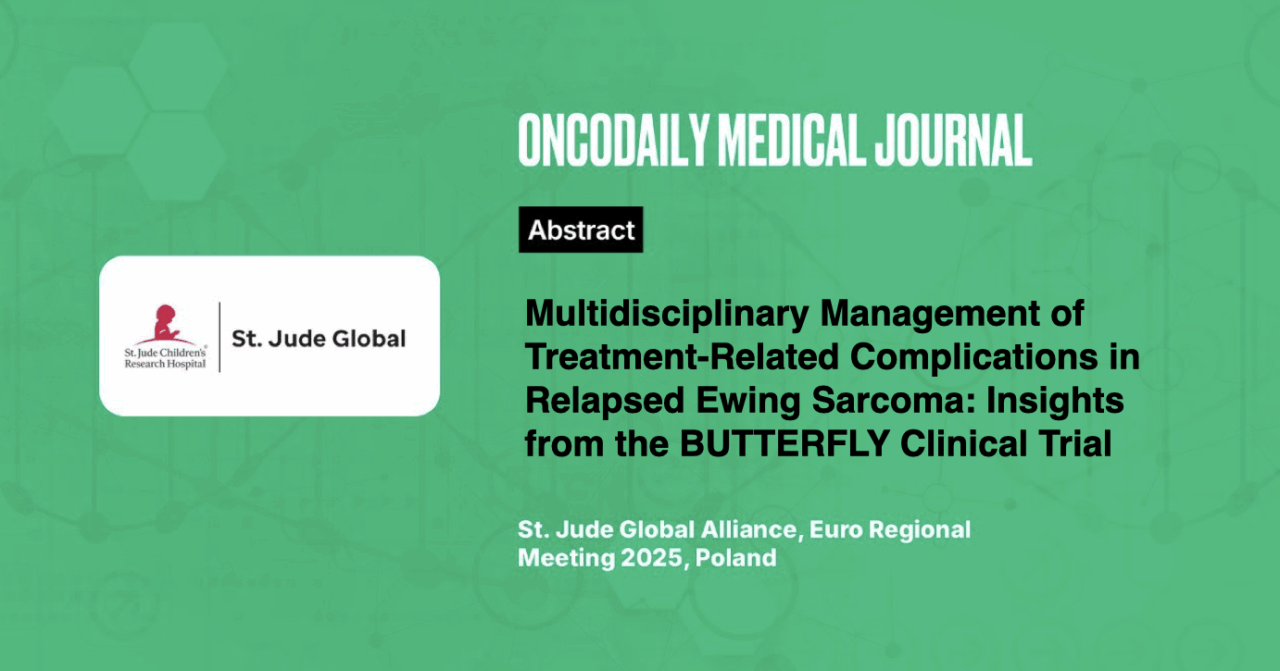Multidisciplinary Management of Treatment-Related Complications in Relapsed Ewing Sarcoma: Insights from the BUTTERFLY Clinical Trial
Abstract
Introduction: Refractory Ewing sarcoma (ES) remains a challenging condition with limited treatment options. The BUTTERFLY trial investigates the combination of Naxitamab (NT), a monoclonal antibody targeting GD2, with chemotherapy (CHT). NT has shown promising results in targeting tumor cells expressing GD2, a cell surface glycoprotein expressed in 50% of ES cases, enhancing immune-mediated tumor cell destruction. However, it may cause numerous side effects. Given the intensity of the treatment, a multidisciplinary approach is crucial for managing treatment-related complications. This study aimed to evaluate the role of a multidisciplinary team in parallel treatment with NT and CHT.
Methodology: The BUTTERFLY trial enrolls patients (pts) aged <21 years with refractory GD2(+) ES. Patients received NT in parallel with irinotecan and temozolomide. NT administration was monitored and managed by a multidisciplinary team, including oncologists, surgeons, anesthesiologists, neurologists, and nurses.
Results: Several complications were observed, particularly autonomic neuropathy, gastrointestinal dysmotility, and pancreatic irritation. Pain management, crucial due to severe pain during NT infusions, involved multimodal analgesia strategies. The multidisciplinary team played a key role in the timely identification and management of complications, utilizing specific interventions. The collaborative approach allowed for rapid adjustments to treatment regimens and supportive care, contributing to the overall well-being of patients.
Conclusion: The multidisciplinary approach, as demonstrated in the BUTTERFLY trial, is essential for improving patient (pt) outcomes. NT necessitates close monitoring for complications. The trial, still recruiting patients, highlights the importance of a specialized team in managing the complex side effects of novel treatments. These findings underscore the need for ongoing collaboration among diverse medical specialists to optimize care for pediatric cancer patients, particularly those undergoing intensive treatments.





